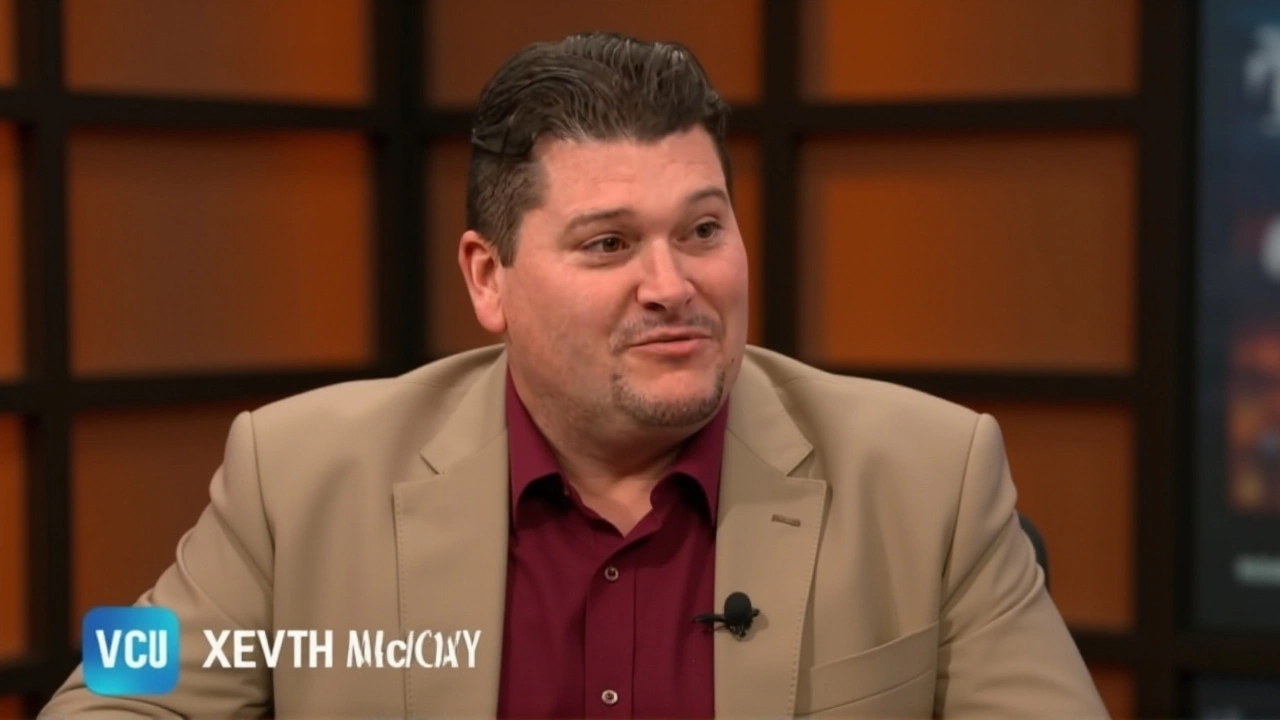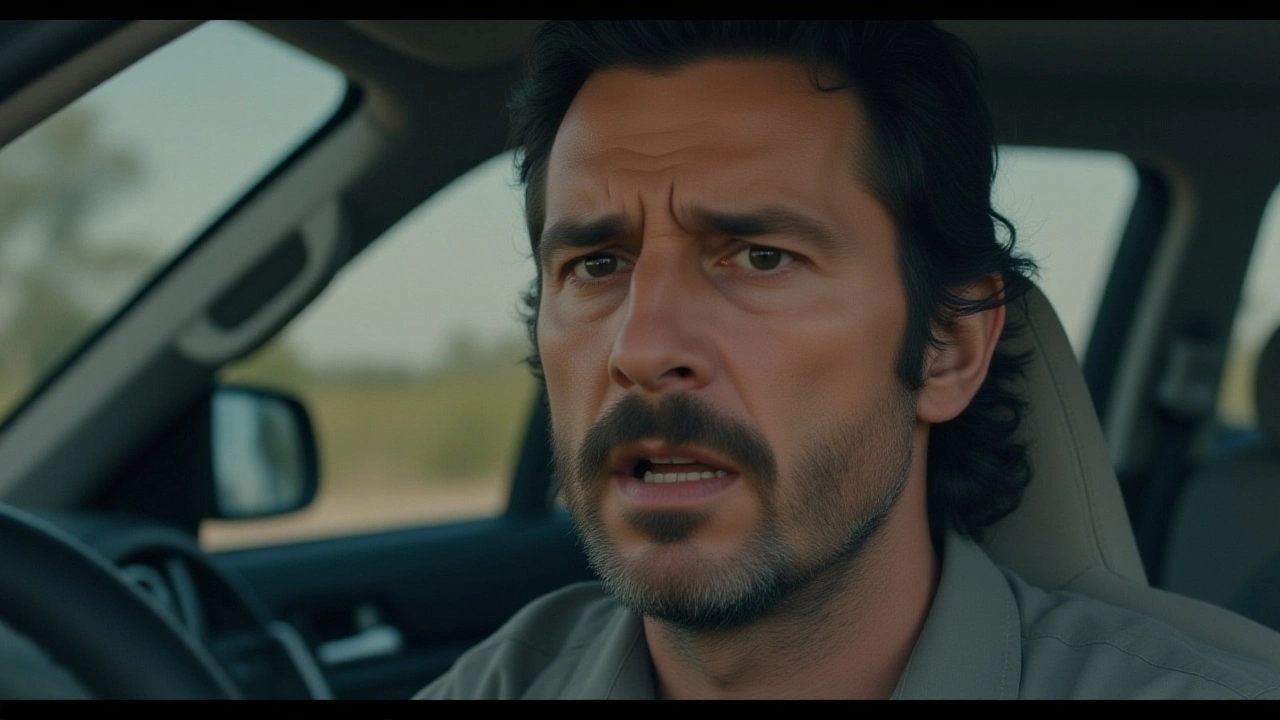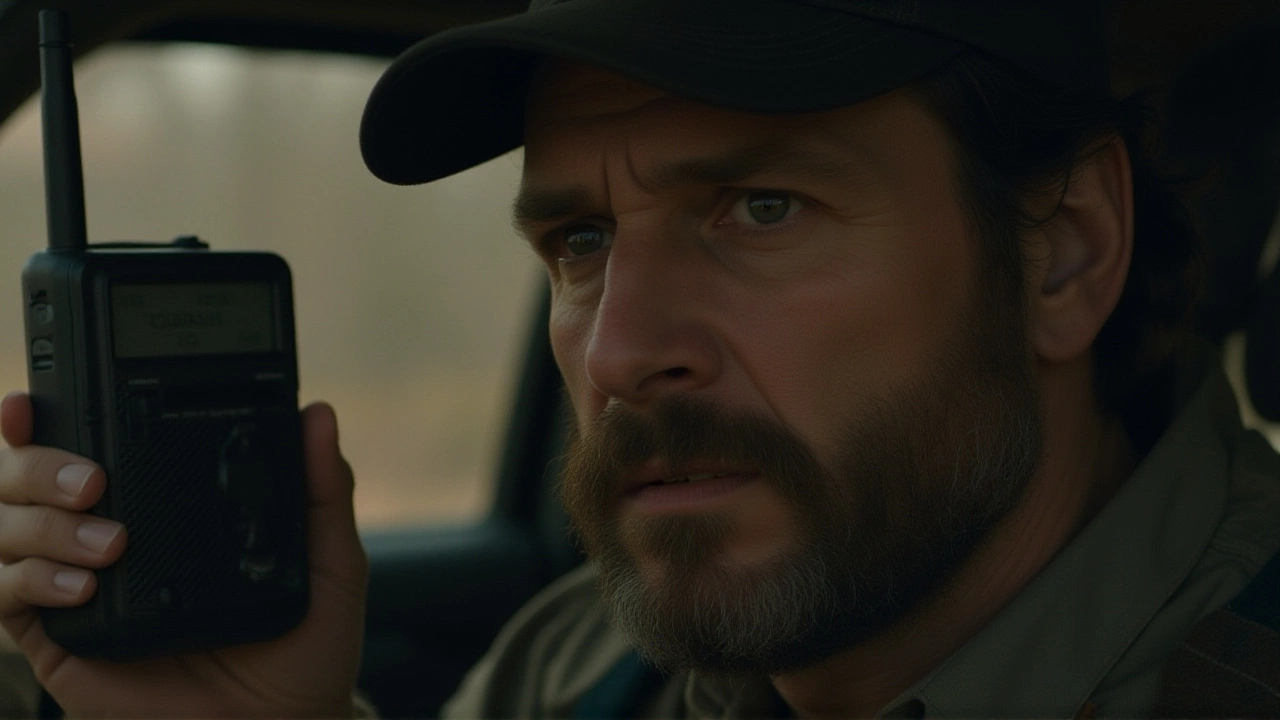When Matthew McConaughey, actor playing Kevin McKay and America Ferrera, actress as Mary Ludwig stepped onto the red carpet at the Toronto International Film FestivalToronto, the buzz was unmistakable: a survival drama that puts a real‑life California tragedy on the big screen.
Directed by Paul Greengrass, filmmaker and co‑written with Brad Ingelsby, The Lost Bus dramatizes the 2018 Camp FireParadise, California, the deadliest wildfire in the state’s history. The film adapts Lizzie Johnson’s 2021 non‑fiction book Paradise: One Town’s Struggle to Survive an American Wildfire, for which she served as a consultant during production.
Historical Context: The 2018 Camp Fire
The Camp Fire ignited on November 8, 2018, scorching over 153,000 acres, destroying more than 18,000 structures, and claiming 85 lives. It left the small town of Paradise virtually uninhabitable, prompting a massive evacuation effort that included dozens of school buses. The ordeal inspired countless survivor accounts, many of which formed the backbone of Johnson’s book and, ultimately, Greengrass’s screenplay.
“What made the Camp Fire different from previous blazes was the speed at which it turned entire neighborhoods into infernos,” said Dr. Elisa Moreno, a wildfire specialist at the University of California, Berkeley. “Any film that tackles that experience has to balance the fright factor with genuine human resilience.”
Film Details: From Script to Screen
The screenplay weaves together a fictional bus driver’s harrowing journey with documented events. McConaughey’s character, Kevin McKay, is a veteran driver who, against a backdrop of chaotic evacuation orders, must shepherd 22 children and their teacher—Ferrera’s Mary Ludwig—through smoke‑filled highways. Supporting turns include Yul Vazquez as Cal Fire Division chief Ray Martinez and Ashlie Atkinson as Ruby, the depot dispatcher who keeps the lines open.
Production took place in early 2024 across locations that mimic the rugged Sierra Nevada terrain. Greengrass insisted on practical effects; actual fire rigs were lit at night to capture authentic shadows. The result is a 2‑hour‑9‑minute runtime that feels more like an extended documentary than a standard thriller.
Cast and Crew: Who’s Who
Beyond the leads, the ensemble adds depth. Levi McConaughey, Matthew’s son, plays Shaun McKay—Kevin’s teenage son who clings to hope amid the chaos. Kay McCabe McConaughey (no relation) portrays Sherry McKay, Kevin’s disabled mother, bringing an emotional anchor to the driver’s personal stakes.
Kate Wharton appears as battalion chief Jen Kissoon, a role that highlights the coordination between fire services and local authorities. The film also features Gary Kraus as Sheriff Thomas, providing a gritty law‑enforcement perspective on the emergency response.

Reception: Critics, Audiences, and Numbers
When the film premiered at TIFF on September 5, 2025, audience reactions ranged from stunned silence to spontaneous applause. Critics praised Greengrass’s unflinching direction; the Los Angeles Times called it “a relentless, heart‑wrenching ride that never loses its human core.”
On IMDb, the title currently holds a 7.0/10 rating based on 6,200 user votes, with a Metacritic score of 65 from 50 critic reviews. Rotten Tomatoes lists a 78% fresh rating, noting that “the cast’s chemistry elevates a familiar disaster formula into something unforgettable.”
The limited theatrical release began on September 19, 2025, in select U.S. cities, opening to an average of $12,300 per screen—a modest but respectable figure for a non‑blockbuster drama. By the end of its opening weekend, the film grossed $3.2 million domestically.
Distribution & Future Outlook
After its theatrical stint, Apple TV+ rolled out the global streaming debut on October 3, 2025. Early streaming data shows the film ranked in the top ten most‑watched titles for its debut week, suggesting strong word‑of‑mouth traction.
Greengrass hinted at a potential limited‑edition documentary companion piece that will delve deeper into survivor testimonies and fire‑management policies. “We’ve opened a door,” he said in a post‑premiere interview. “Now it’s up to the audience and policymakers to walk through it.”

Why It Matters: The Broader Conversation
Beyond its cinematic merits, The Lost Bus reignites national dialogue about wildfire preparedness, infrastructure resilience, and the human cost of climate‑driven disasters. As California braces for an even hotter 2025 fire season, the film’s depiction of a community on the brink feels eerily prescient.
“Movies like this can serve as catalysts for policy change,” observed Sen. Karen Bass, who has championed wildfire mitigation bills in the Senate. “When people see the reality on screen, they’re more likely to support funding for better evacuation routes and early‑warning systems.”
Frequently Asked Questions
How accurately does The Lost Bus portray the 2018 Camp Fire?
The film blends documented events with fictionalized characters. While the core timeline and scale of the fire match official reports, the bus driver’s personal story is a composite created to embody the many real‑life heroes who emerged that night.
What were the box‑office results for the limited theatrical run?
The film earned approximately $3.2 million in its opening weekend, averaging $12,300 per screen across 250 venues. While not a blockbuster, those numbers are solid for a niche disaster drama.
Who wrote the original book that inspired the movie?
Lizzie Johnson authored Paradise: One Town's Struggle to Survive an American Wildfire in 2021, a deeply researched non‑fiction account that earned the Northern California Book Award for nonfiction.
When can international audiences watch the film?
International streaming began on October 3, 2025, through Apple TV+ in over 100 countries. Some regions may see a delayed release due to local licensing agreements.
What have critics said about the performances?
Reviewers consistently singled out McConaughey’s stoic yet vulnerable portrayal of Kevin McKay and Ferrera’s fierce, compassionate Mary Ludwig. The New York Times called their chemistry “the film’s beating heart.”
